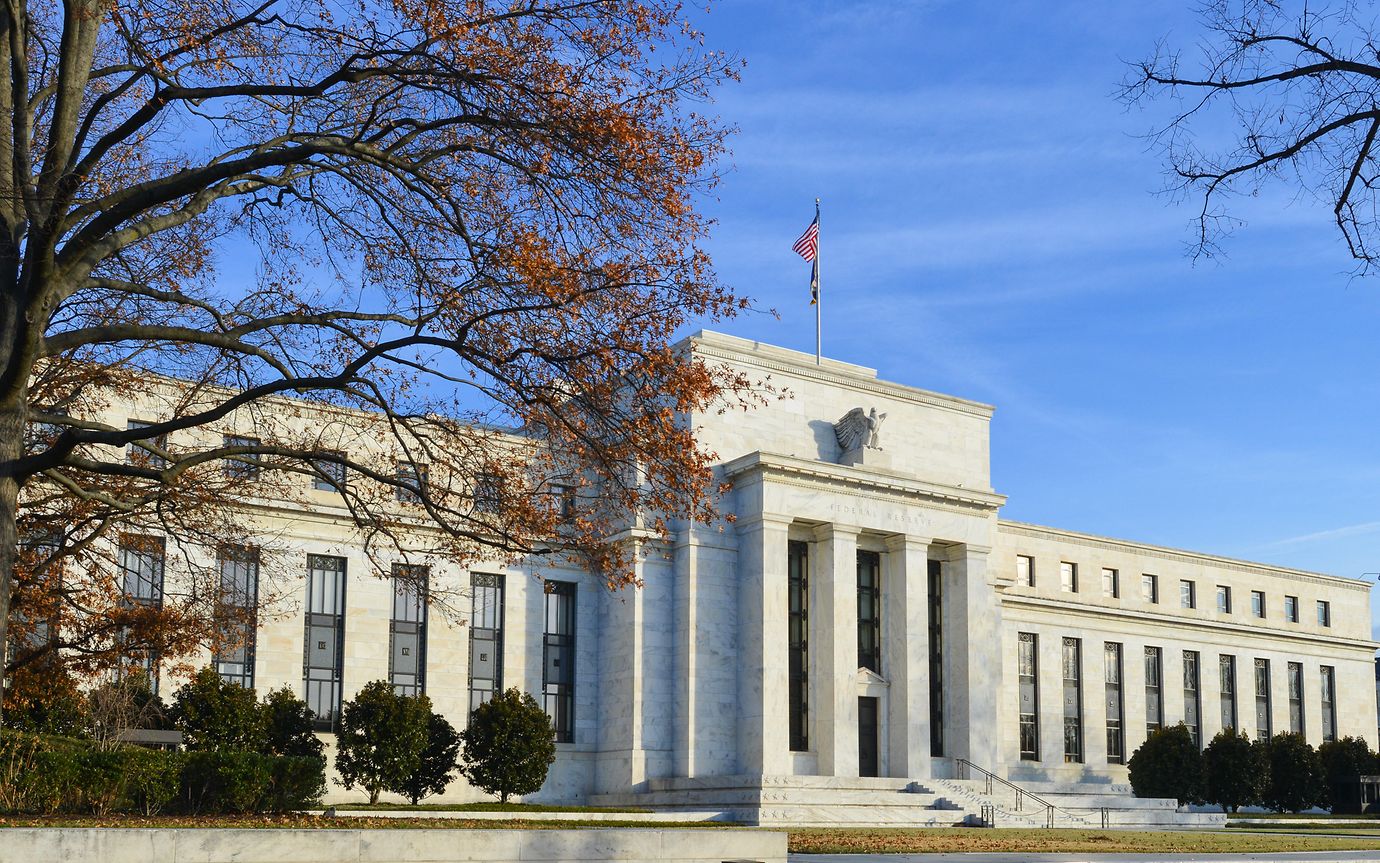
Last week, we highlighted the fact that markets were gyrating between whether the Federal Reserve (Fed) would cut interest rates by 0.25% or 0.50%. On Wednesday, the Fed kicked off its rate cutting cycle with the larger half-point reduction – a sign they are confident inflation is under control. Their focus now is to ensure the labour market does not soften so much that consumption is adversely impacted.
This was a tough balancing act for the Fed, as opting for the larger cut could be perceived by investors that the Fed believes economic growth momentum is slowing sharply. However, this notion was quashed during Powell’s speech, where he tempered investor expectations of a sharp rate cutting cycle.
“We know it is time to recalibrate our policy to something that’s more appropriate given the progress on inflation,” Chairman Jerome Powell said in the news conference following the Fed’s decision. “We’re not saying, ‘mission accomplished’, but I have to say, though, we’re encouraged by the progress that we have made.”1
This was as close as the Fed has got to declaring victory over inflation, although also worth noting that Powell emphasised a recalibration, indicating that markets should not assume 0.50% cuts will become the norm. This also underscores his intention to bring policy to a ‘neutral’ stance from a restrictive stance.
The Fed appears to have seen enough evidence that it can start loosening policy and lowering rates steadily in coming quarters, thereby increasing the chances of an economic soft landing (an economic slowdown that doesn’t end in recession). The Fed’s projections now indicate that rates may fall by a total of 2% by the end of 2025 - including Wednesday’s reduction relative to market expectations of 2.5% as of Thursday.2
Wednesday’s jumbo cut, for the first time since 2005, was not a unanimous decision, highlighting how policy makers are at a crossroads.
It also underscores the stark difference between the Fed and the Bank of England (BoE), where divergence amongst BoE members is more common - although this may be changing following the meeting on Thursday. During Thursday’s BoE meeting, the members voted 8-1 to keep rates unchanged at 5%. Swati Dhingra was the sole dissenting member voting for a quarter-point rate cut after the BoE members reduced rates last month by a much narrower margin of 5 votes to 4. During Thursday’s meeting, Governor Andrew Bailey stated that cooling inflationary pressures should enable the BoE to cut interest rates gradually over the months ahead.3
While concerns remain around the US labour market, there will be much debate around whether the Fed has in fact successfully engineered a soft landing. As the Fed focus shifts from inflation to unemployment, here in the UK, the BoE must remain steadfastly focused on inflation. This makes it more likely that the BoE will adopt a more gradual pace of rate cuts, unless we see a sharp decline in inflation and/or economic growth stalls rather than falls.
[2] Bloomberg
[3] Bank of England, https://www.bankofengland.co.uk/monetary-policy-summary-and-minutes/2024/september-2024
This communication is provided for information purposes only. The information presented herein provides a general update on market conditions and is not intended and should not be construed as an offer, invitation, solicitation or recommendation to buy or sell any specific investment or participate in any investment (or other) strategy. The subject of the communication is not a regulated investment. Past performance is not an indication of future performance and the value of investments and the income derived from them may fluctuate and you may not receive back the amount you originally invest. Although this document has been prepared on the basis of information we believe to be reliable, LGT Wealth Management UK LLP gives no representation or warranty in relation to the accuracy or completeness of the information presented herein. The information presented herein does not provide sufficient information on which to make an informed investment decision. No liability is accepted whatsoever by LGT Wealth Management UK LLP, employees and associated companies for any direct or consequential loss arising from this document.
LGT Wealth Management UK LLP is authorised and regulated by the Financial Conduct Authority in the United Kingdom.